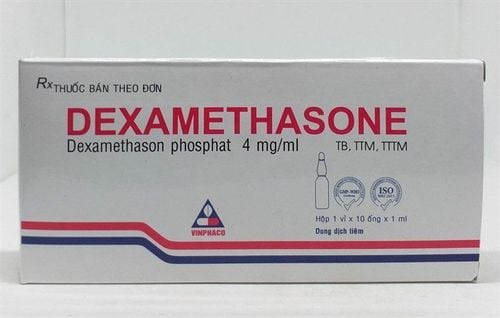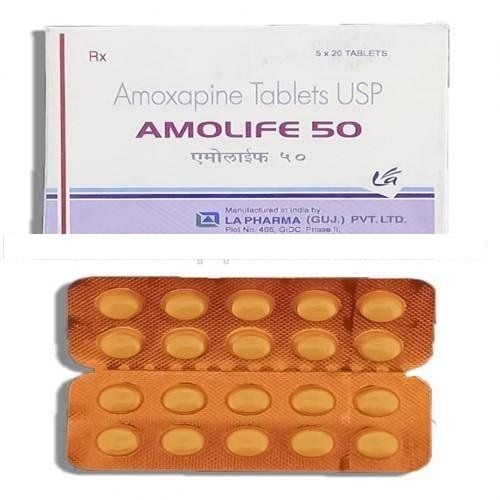This is an automatically translated article.
Anexate is a benzodiazepine antagonist used to improve drowsiness, sedation or other side effects caused by benzodiazepines. The drug is usually administered by slow intravenous route or by infusion, diluted with an isotonic solution such as physiological saline.1. What is Anexate?
Anexate medicine contains the main active ingredient, Flumazenil, which acts as an antagonist to benzodiazepines, specifically blocking, by competitive inhibition, the effects on the central nervous system caused by substances having the same effect. benzodiazepine receptors. The active ingredient Flumazenil, when entering the body, is distributed quite well and evenly throughout all tissues and at the same time, the body completely eliminates the active substance by many other ways than the kidneys. Intravenous Anexate rapidly neutralizes the sedating and sedative effects of benzodiazepines, which may gradually reappear over several hours. Depends on the half-life of the drug and the dose relationship between the agonist and the antagonist used.
Studies have shown that Flumazenil is well tolerated even at high doses and has low toxicity and is not mutagenic. In addition, flumazenil may cause mild intrinsic agonist effects such as anticonvulsants.
2. When to prescribe Anexate?
Anexate is indicated to neutralize the sedative effects of benzodiazepines on the central nervous system, specifically as follows:
In the anesthesiology department: Anexate helps to stop the effect of general anesthesia during induction and maintain Maintenance of benzodiazepine anaesthesia in patients, discontinuation of benzodiazepine sedation for short-term surgical or diagnostic purposes In the intensive care unit: Anexate is used to diagnose or treat overdose Because of either intentional or toxic benzodiazepines, diagnose the source of the unexplained coma to distinguish whether it is due to benzodiazepines or other causes. In addition, the drug specifically cancels the CNS effects of benzodiazepine overdose (re-establishes spontaneous pulmonary ventilation to avoid intubation or to discontinue ventilatory support). Anexate includes only patients with hypersensitivity or intolerance to the drug components.
3. What is the dose of Anexate?
Depending on the intended use, Anexate is used in different doses:
Anexate for anesthesia: the recommended starting dose is 0.2 mg intravenously over 15 seconds. If alertness is unsatisfactory within 60 seconds, an additional 0.1 mg injection can be repeated over 60 seconds and the maximum dose is increased to 1 mg. The usual dose is 0.3-0.6 mg but may vary depending on the characteristics of the patient Anexate is used for intensive care: the recommended starting dose is 0.2 mg IV over 15 seconds, increasing up to 2 mg until the patient is awake. If the patient is drowsy again, the doctor will inject a second bolus of Anexate. It can be given intravenously at a rate of 0.1-0.4mg/hour. The infusion should be stopped every 6 hours to review the cause and the patient's sleep status. For the elderly: this age is more sensitive to the effects of the drug, so it should be treated with caution. carefully adjusted in patients with impaired liver function. Patients with renal impairment do not require dose adjustment. For children under 1 year of age: Anexate has not been studied in this age group For children over 1 year of age: for the reversal of symptoms due to benzodiazepines, the recommended starting dose is 0.01 mg/kg (until the age of 1 year). 0.2 mg) intravenously over 15 seconds. If desired level of alertness is not achieved, wait an additional 45 seconds and then continue injecting 0.01 mg/kg (up to 0.2 mg) and repeat in 60 seconds if necessary (up to 4 times).
4. Anexate side effects
Common undesirable effects are anxiety, fear or chest tightness, difficulty breathing, especially in rapid infusion. More rarely, vomiting may occur. Pay attention to precautions when using Anexate drug in the following cases:
In major surgery where the patient is psychologically weak, or thinking, or worrying, it is not necessary to use this drug immediately to stay awake but keep the patient's condition. Patients with certain levels of sedation For patients treated with high-dose sedation drugs for a long time, the benefits and risks need to be considered when using the drug. People who have had a serious accident involving the head are active. The substance in the drug can cause difficulty in endoscopy. Do not use the drug in patients with mental disorders, especially those with epilepsy Children under 15 years old, when using it, it should be used with extreme care and continuous monitoring. The drug affects the driver and the operator for 1 day after taking the drug. Because the patient is anesthetized with a drug other than benzodiazepine, Anexate cannot be effective. In summary, the above is all important information about Anexate drug. Hopefully, understanding how to use, dosage, and storage will help to use the drug more effectively and safely.
Please dial HOTLINE for more information or register for an appointment HERE. Download MyVinmec app to make appointments faster and to manage your bookings easily.













